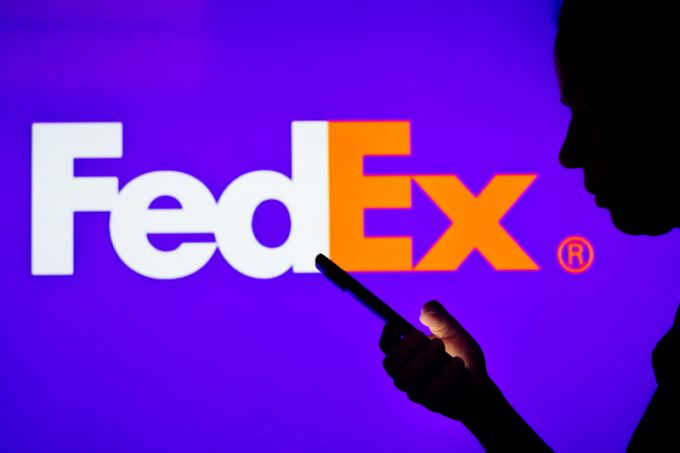China+1 acceleration as tariffs drive supply chain rerouting
US department store chain Kohl’s is working closely with suppliers and vendors to tweak its ...

FedEx is strengthening its grip on B2C e-commerce with a new returns service in the US.
Next year it will roll out a lower-cost option that leverages its network of FedEx Office stores and LTL capacity.
Consumers won’t have to bother with re-packaging unwanted purchases or using ...

Comment on this article